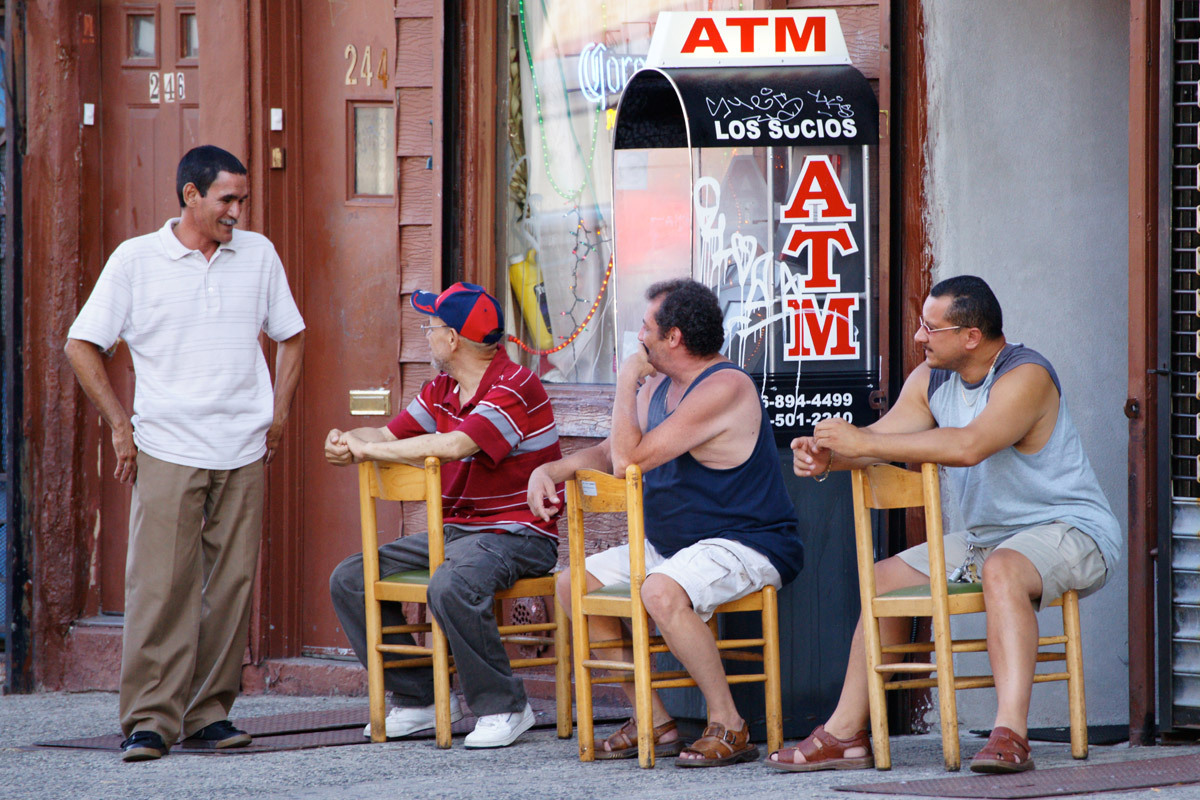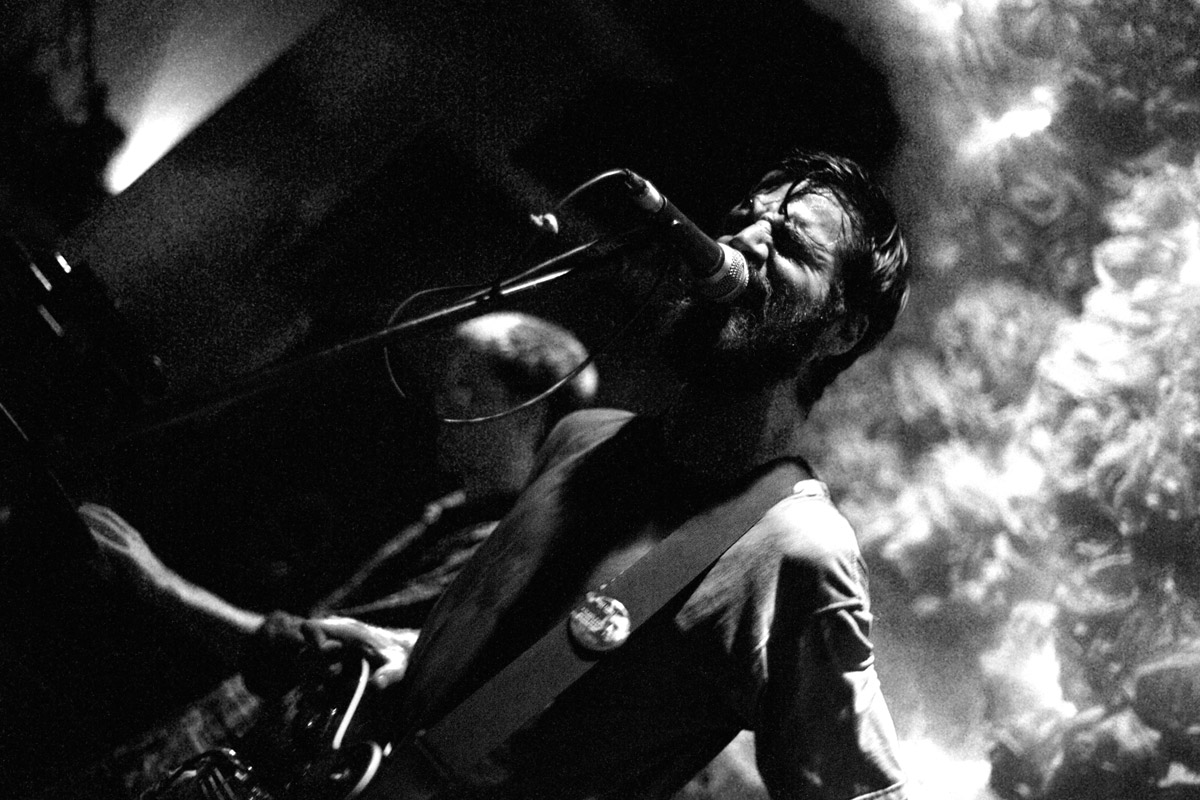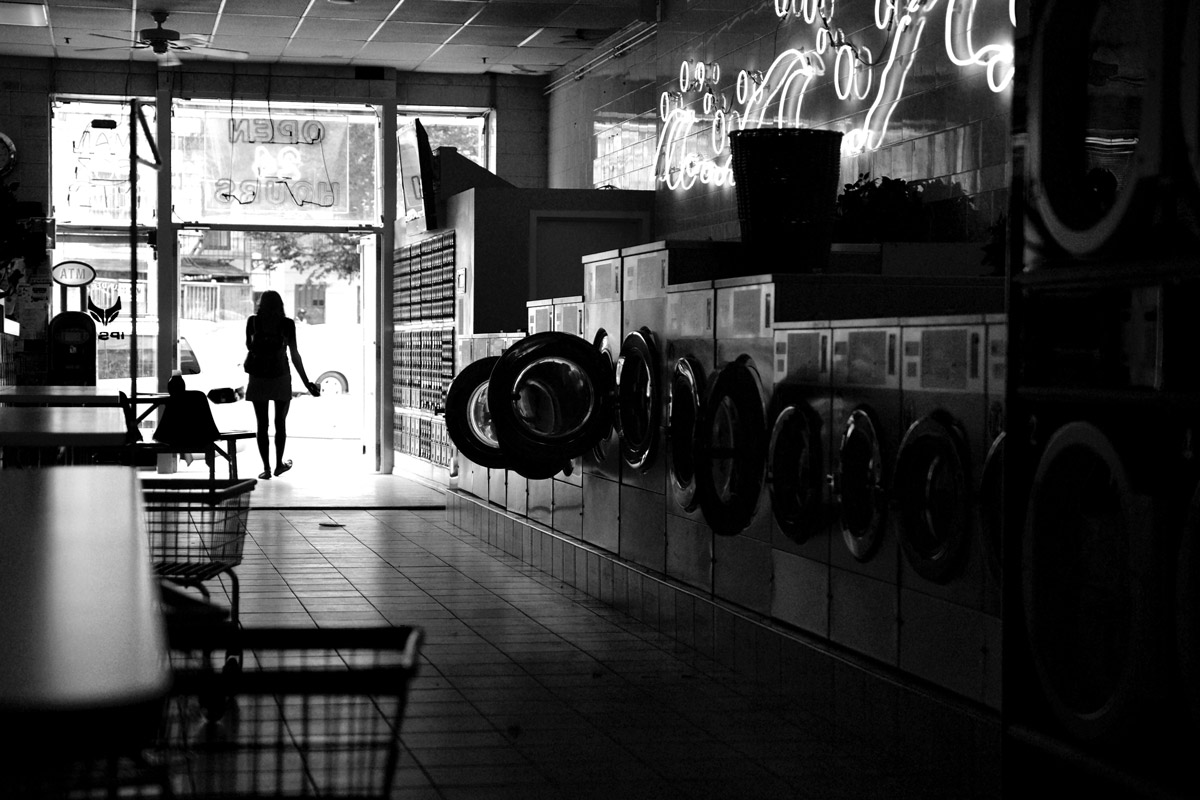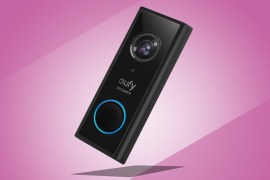Tech Resolutions #2: why I’m moving to full-frame photography in 2017
Sam Kieldsen decides it’s finally time to take his shutter skills to the next level...
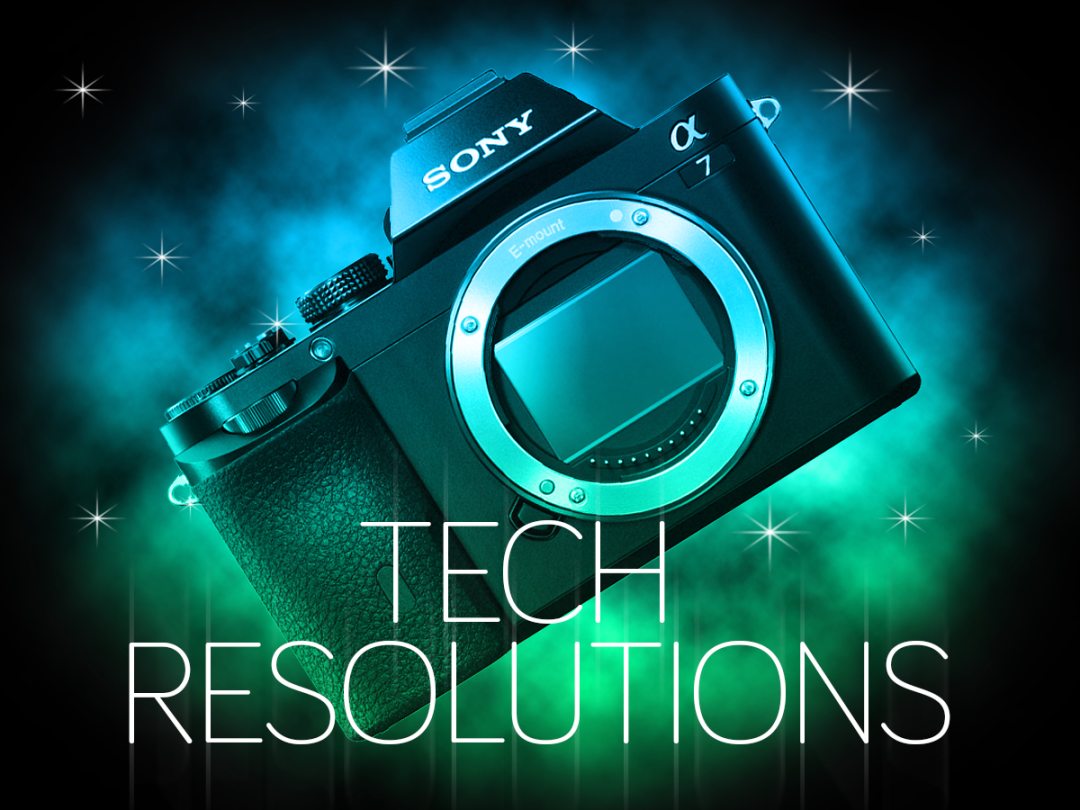
This year, I’m going to super-size my snaps. I shall inflate my photos. Embiggen my exposures.
And I don’t mean I’ll be ordering 10×12 instead of 4×6 prints from my local Snappy Snaps. Or that I’m replacing my current camera with one that simply has more megapixels.
Nope, I’m actually going to increase the physical size of the medium which creates the photos in the first place: the sensor. Yes folks, I’m buying a full-frame camera.
What am I talking about? For the unitiated, “full-frame” refers to an image sensor format that matches the size of 35mm format film (36mmx24mm) and, considering that 35mm was regarded as an everyday “normal” format in analogue photography’s heyday, it’s surprisingly rare in the digital world.
Most DSLR and digital compact system cameras use smaller sensor formats like APS-C (aka “crop”), Four Thirds or Micro Four Thirds, and most digital point-and-shoots use even tinier ones. But a handful of models on the market (all made by Canon, Nikon, Sony, Leica or Pentax) roll with a full-frame sensor inside.
And in 2017, some will finally be within my wallet’s reach.
But why?
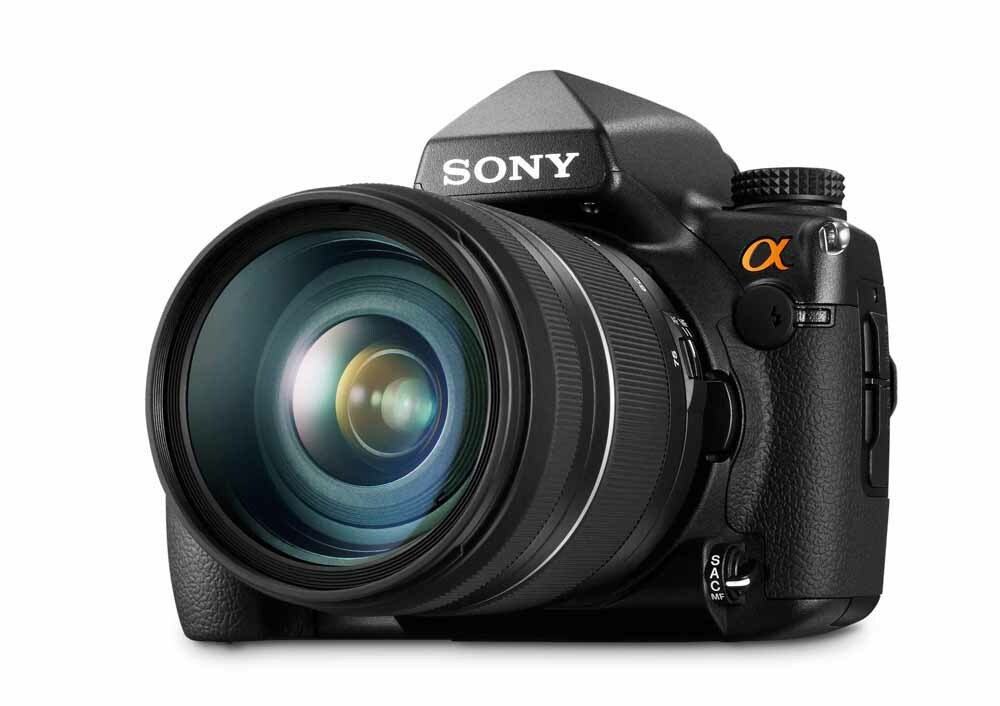
So, why go full-frame? After all, DSLRs with smaller sensors work just fine – in fact, Stuff‘s current top system camera recommendation, the Fujifilm X-T2, uses a 23.6×15.6mm APS-C sensor. And full-frame cameras are pricier, bulkier and fussier about their lenses than other cameras.
To me, going full-frame is all about light. Because full-frame cameras, blessed as they are with those huge sensors, are the best at sucking up huge amounts of the stuff in the shortest amount of time. Pair a full-frame camera with a reasonably fast lens and you can snap away in all but the very murkiest of conditions and still come away with sharp, detailed and noise-free photos – or video clips if that’s your bag.
As a photographer who prefers working with natural, available light rather than a flash, a full-frame camera means I can get stunningly clear shots at times and places where my current, crop-sensored DSLR would serve up nothing but grainy, blur-ridden disappointment.
Having borrowed a full-frame Sony A850 for several months while living in New York, I found myself constantly impressed with its results inside dark bars, or during dimly-lit concerts – and obviously it worked perfectly well in bright sunshine as well.
What the bokeh › Bokeh – and how to get it
Wide boy
There are other advantages, too, although for me these are appetisers rather than the main course. Full-frame cameras are better for landscape photography than other sensors, because they can capture more detail and fit more in their wider frame.
Fit a 17mm wide-angle lens on a full-frame camera and 17mm is the real-world focal length; fit the same lens on an APC-S sensor and the cropping process will tighten that focal length to something like 25mm – still wide, sure, but no longer ultra-wide.
I’ll also find full-frame helpful when snapping portraits of friends and family, as the sensor’s larger dimensions translate into a shorter depth of field, meaning with the right lens I can get my subject’s face – or even just their eyes, if I’m feeling particularly arty – in focus while the rest of the image shifts to soft, smooth out-of-focus bokeh. Maybe I can even start charging for headshots…
First foray › Pentax K-1 is line’s first full-frame DSLR
The downsides…
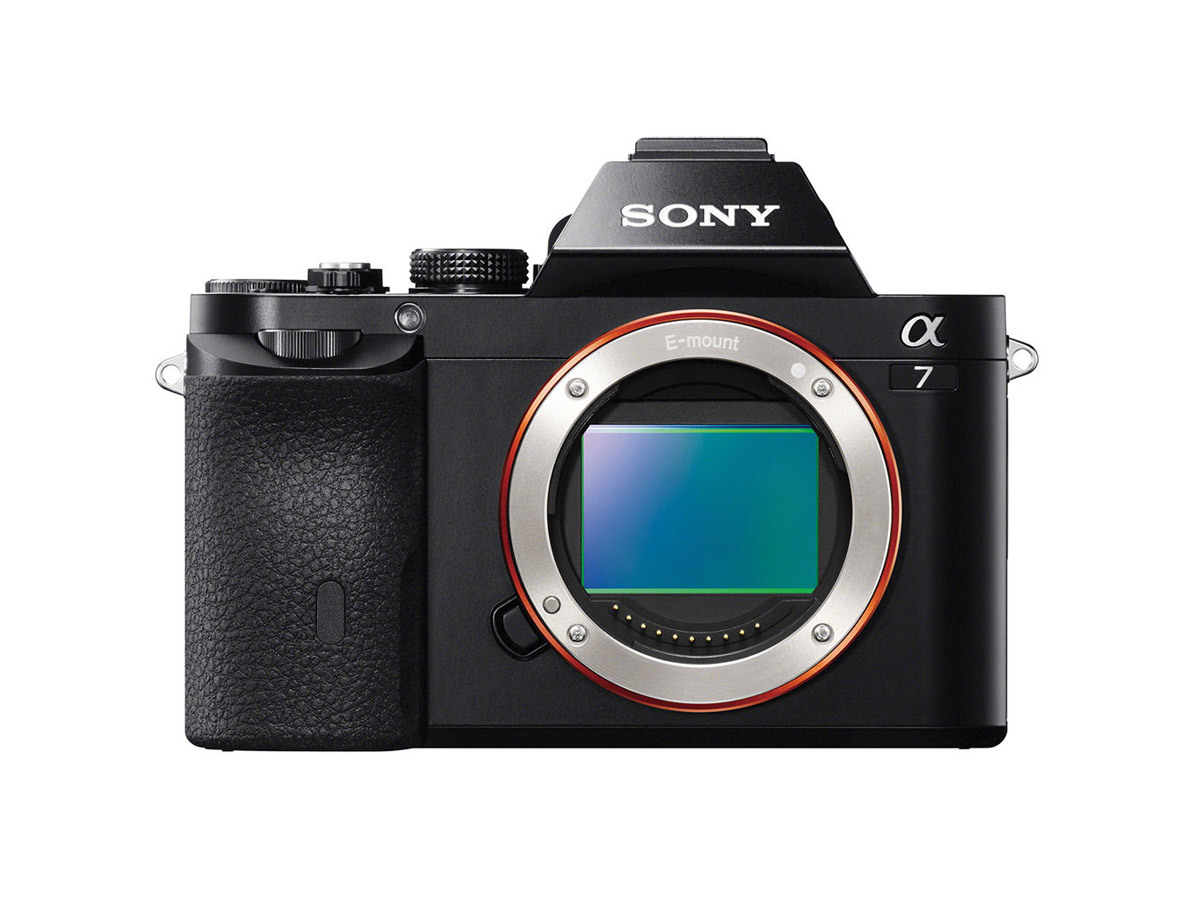
But I’m not envisioning my new full-frame life to be all rainbows, ponies and endless bags of photographic Haribo.
First off, full-frame cameras tend to be tougher on the wallet than their APS-C brethren, and even the cheapest new camera I can find – the 2013-released 24.3MP Sony A7 – is £899. However, while that’s still a hefty wedge, it’s a lot lighter than I would have parted with for any full-frame camera two years ago – and that deal (from Jessops) includes a decent 28-70mm zoom lens.
I’ll definitely need more lenses, of course – but the fact that I’ve picked the Sony A7 means I can, with the help of Sony’s LA-EA4 A-to-E-mount adapter, use my existing collection of seven Sony A-mount lenses on my new camera. Sure, it’s the best part of £300 and it’ll bulk up the camera a bit, but that’s a tiny price to pay compared to acquiring seven brand new lenses.
The A7 is also one of the most compact full-frame cameras around (smaller than most DSLRs, in fact) so the traditional full-frame issue of neck-breaking bulk is neatly side-stepped too.
All things considered, I don’t think there’s ever been a better time to leap aboard the full-frame train – and I’m hoping it’s all set to give me a new photographic lease of life in 2017.
Five tips for going full-frame
1. Pick the right lenses
If you buy a Sony, Canon or Nikon full-frame camera, make sure you buy suitable lenses – some glass is designed with APS-C cameras only in mind, and while it’ll fit your camera it will leave a huge black border around your snaps.
2. Beware of the bulk
With some exceptions (namely the Leica SL and Sony’s A-series models), full-frame cameras tend to be significantly larger and heavier than APS-C DSLRs. So, if you’re not happy lugging a couple of kilos around all day, full-frame might not be for you.
3. Heavy on the details
Most full-frame camera sensors pack a lot of megapixels, which makes them ideally suited to any form of photography where large amounts of detail are key – or photos that you intend to print out at big, poster-esque sizes.
4. Big ol’ pixels
Because the pixels on full-frame sensors are larger than those on crop or smaller sensors, the images they create are less prone to detail-affecting noise, while retaining better all-round colour and sharpness. But it’s just part of the equation: you’ll still need good lenses, a steady hand and an eye for what makes a good shot.
5. Going compact
Did you know that there’s a full-frame compact camera? It’s Sony’s RX1R II and it pairs a 42.4MP full-frame sensor with a fixed Carl Zeiss 35mm f/2 Sonnar lens. The image quality is incredible from such a small camera, but the £3,500 price tag makes it one for lottery winners.
Megapixel war › Canon EOS 5DS review
